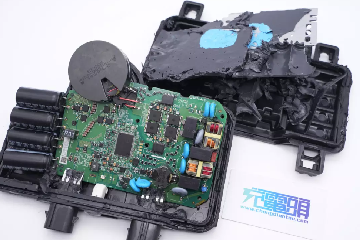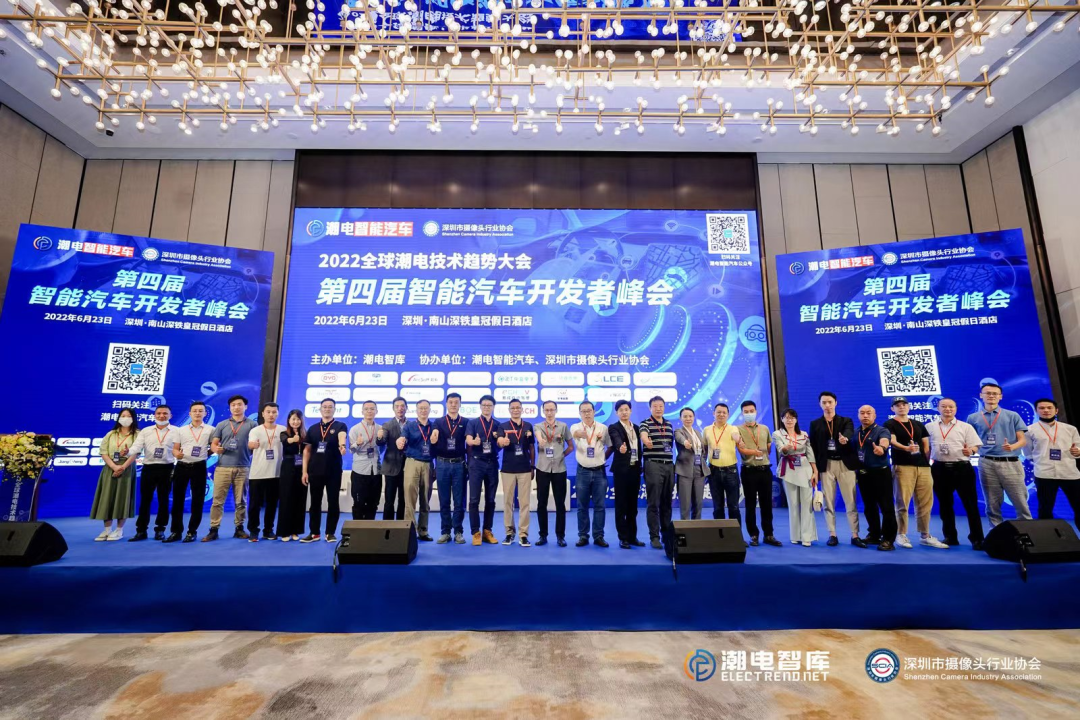In July, U.S. regulatory filings for the PICO 4 and PICO 4 Pro emerged, followed by an apparent image of a leaked grip controller.
One of the images in the regulatory filing appears to show the Pancake lens, which supports a smaller panel with a shorter gap to the lens, resulting in a thinner headset design. The document states that both models are identical except for the "additional eye tracking and face tracking features of the PICO 4 Pro".
Now, SIG's list reveals additional features of the headset. Here is the full text.
The Phoenix is Pico's 4th generation 6DOF head and controller Premium VR All-in-one headset after the PICO Neo 3.
The smallest display and optics make for a smaller display, and the higher resolution display and sharper optics deliver a more impressive visual experience. As a basic all-in-one device, it integrates a high-quality RGB camera to unlock a whole new level of mixed reality experience, eye and face tracking to produce a more realistic avatar, and a wideband LRA included in the controller to make the haptic experience even more immersive.
Equipped with four cameras and many other sensors to enable not only inside-out head tracking, but also dual 6DOF controllers and gesture tracking simultaneously, it includes automatic hardware IPD adjustment to self-adapt to the user's IPD to provide a more accurate and comfortable visual experience.
The listing suggests that the PICO 4 Pro is codenamed Phoenix. it also seems to confirm its smaller display and lens and more compact design. It reveals that the PICO Neo 3's resolution has been increased, that it has a color camera for mixed reality, and that the controller has a linear actuator for high-fidelity haptics.
But the most unexpected feature is the automatic IPD adjustment, which means that the lenses automatically move to the side to match the distance between the wearer's eyes, maximizing visual comfort. To date, the only consumer headset with this feature is the $2,000 PC-based Varjo Aero. The Quest 2 and PICO Neo 3 offer only three preset lens pitches, and the lenses must be moved manually. Automatic adjustment is especially useful for demonstrating the headset to friends and family because you don't have to guess at their pupil distance.
Since this list appears to be for the PICO 4 Pro, it's unclear how many more of these features will be present in the basic PICO 4. However, given that the July FCC filing describes it as the same, with the exception of face and eye tracking, it's reasonable to assume that the base model will also have higher resolution and color passthrough, but without automatic IPD adjustments.
Our Authors
We have experienced employees who choose the services we provide, and our services are all professional. If you contact us, we may receive a commission.
Why You Can Trust ELECTREND
15
Years of service experience
580+
Brand Customer Choice
1000+
The choice of corporate customers



































